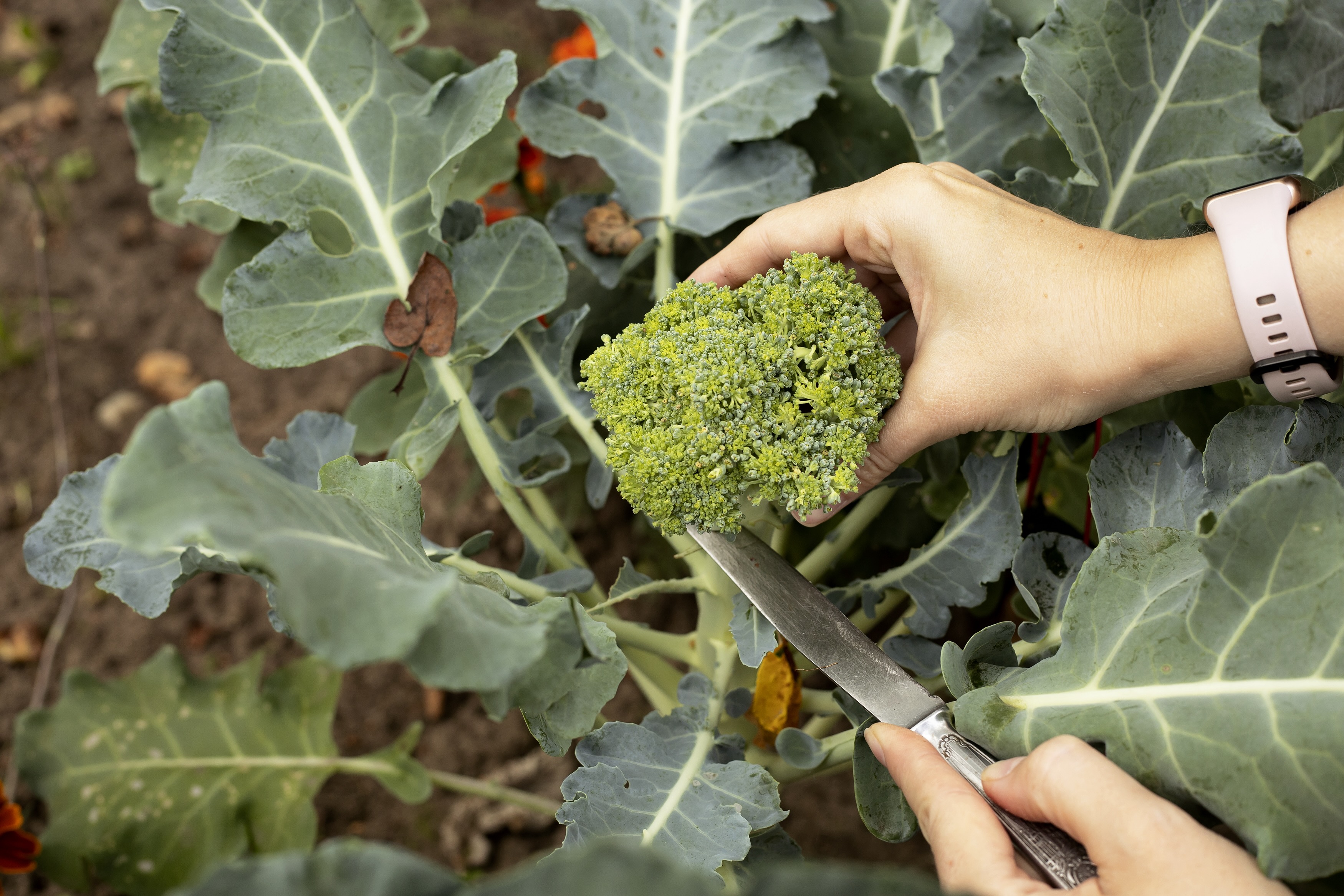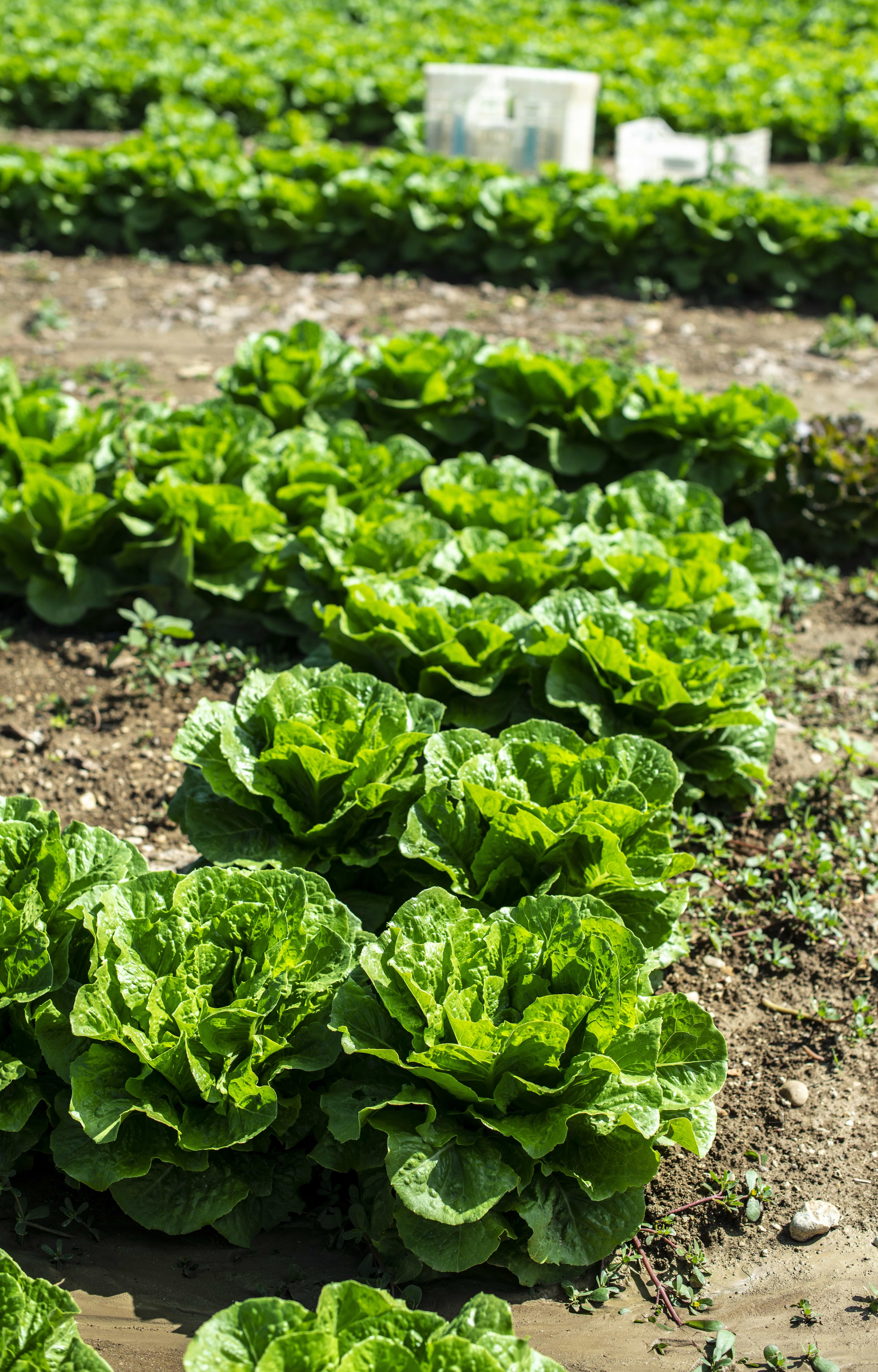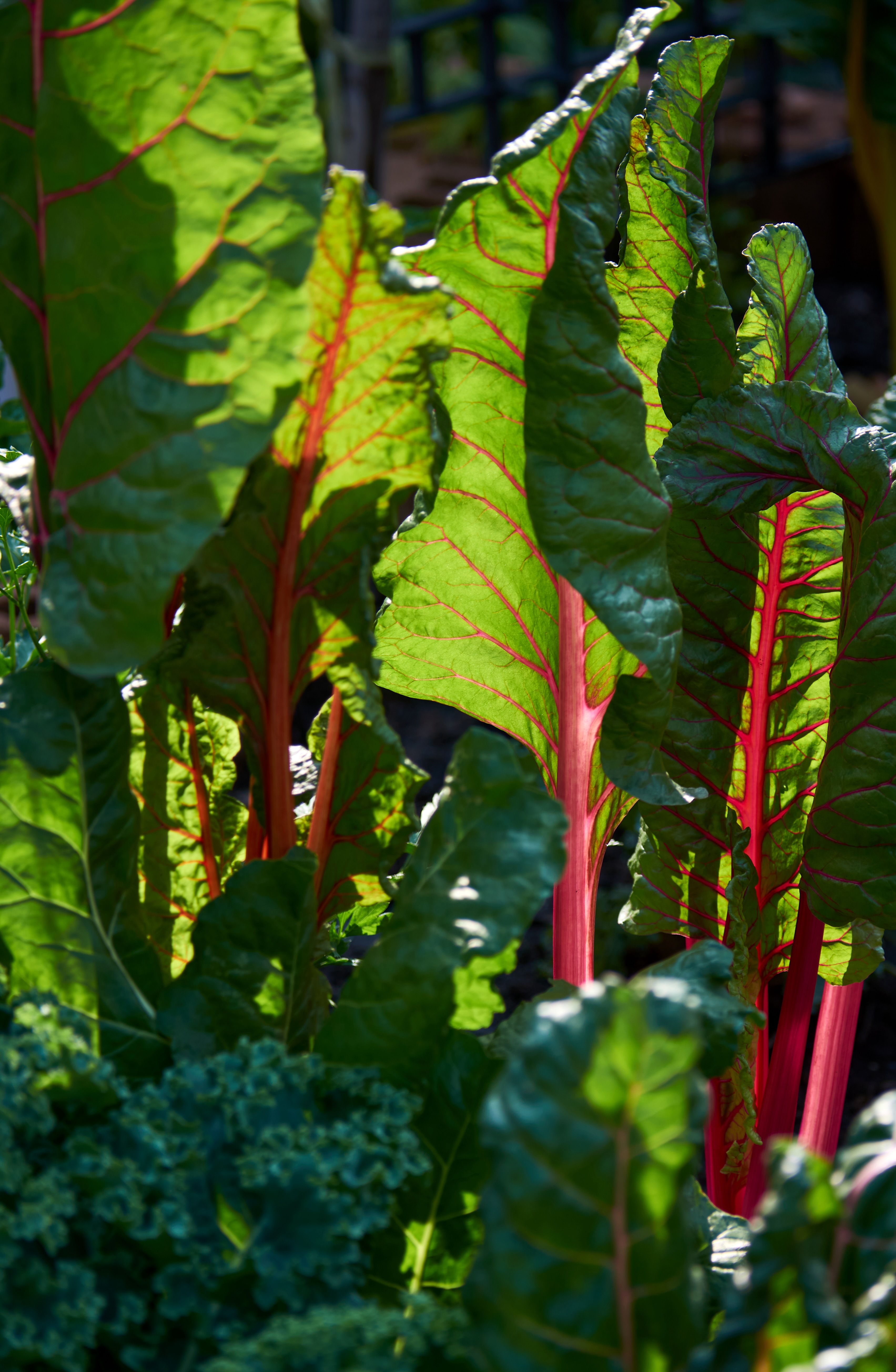While we’re waiting on the first cool breeze and trading iced tea for hot cider, fall planting season is here, and it starts with cole crops. These cool-weather vegetables are the secret to stretching your harvest well past summer and filling your table with hearty, homegrown suppers once the seasons finally change.



Why Plant Now (In August-September)?
Cole crops, like broccoli, cabbage, cauliflower, Brussels sprouts, kale, and collards, thrive in cooler weather. The trick is giving them enough time to mature before the first frost. That’s why gardeners get them in the ground in late summer, even when the sun still says “beach day.” By planting now, you’re setting yourself up for baskets of fresh produce when the rest of the garden is winding down.
What to Plant for Fall Suppers
Here are a few cole crops that make the biggest impact in the garden and in the kitchen:
- Broccoli – Reliable, quick to harvest, and perfect for casseroles or roasting.
- Cabbage – A classic for slaws, stir-fries, and soups.
- Cauliflower – A versatile veggie for mashing, roasting, or ricing.
- Brussels Sprouts – Worth the wait; they’re sweetest after a light frost.
- Kale & Collards – Leafy greens that keep producing into winter.
Tips for Success
- Prep the Soil Well: Cole crops are heavy feeders. Before planting, work in plenty of compost to enrich the soil. A balanced vegetable plant food at planting time gives them the boost they need to get started strong. We love to use Garden Tone from Espoma to help out our veggies.
- Mind the Timing: Don’t wait until it feels like fall outside, your plants need time to mature before cold weather hits. Aim to plant cole crops 6-8 weeks before your area’s average first frost. Frost dates in Hampton Roads usually range from early to mid November.
- Give Them Space: Proper spacing prevents diseases and allows plants to fully develop. Broccoli and cauliflower need about 18-24 inches between plants, while kale and collards can be closer, around 12-18 inches.
- Keep Them Cool in Heat Waves: Since you’re planting during late summer warmth, young seedlings may need some help. Mulch around plants to keep roots cool and moist, and consider light row covers for shade protection during the hottest days.
- Water Consistently: Aim for 1-1.5 inches of water per week. Drought stress can cause heads to form poorly or bolt early.
- Fertilize Along the Way: Once your plants are established, side-dress with a nitrogen-rich fertilizer every 3-4 weeks to encourage leafy growth and large heads.
Stay Ahead of Pests: Cabbage worms and loopers are the biggest culprits. Hand-pick them when you see them, use floating row covers to block moths from laying eggs, or spray with BT (Bacillus thuringiensis), an organic solution safe for edibles.
Planting cole crops now is like setting the table for autumn. By the time fall sweaters come out, your garden will be serving up fresh, flavorful produce to carry you from summer to supper.
Ready to start your fall garden? Visit us to find a wide selection of cole crops and all the advice you need to keep your harvest going strong. To stay inspired and grow with us online, follow us on Facebook, Instagram, Pinterest, and TikTok to dig into the joys of gardening!
